Product details
Whoop Peak Full Speccs and Price in kenya.
The concept of Whoop Peak plays a pivotal role in the realm of athletic performance and health monitoring. At its core, Whoop Peak refers to an optimal state of readiness and performance that athletes can achieve through diligent training, recovery, and lifestyle choices. This state is quantified by the Whoop Strap, a wearable fitness tracker that employs advanced metrics to offer users insights into their physiological data, thus promoting a deeper understanding of their personal health and fitness levels.
Unlike traditional fitness metrics that often focus solely on physical outputs such as speed or strength, Whoop Peak encompasses a holistic view of readiness. It integrates various factors, including heart rate variability (HRV), sleep quality, restfulness, and strain levels, to provide a comprehensive picture of an athlete’s state. This multifaceted approach allows users to monitor subtle changes that may indicate readiness for high-intensity workouts, signifying a crucial difference between Whoop Peak and more conventional fitness tracking methodologies.
The significance of Whoop Peak lies in its capacity to assist athletes in enhancing training outcomes and optimizing recovery. It empowers individuals to understand when to push harder and when to allow their bodies adequate time to recuperate, which is vital for preventing injuries and improving overall performance. By recognizing and achieving Whoop Peak, users can tailor their training regimens to align with their physiological needs, ensuring that each session is both efficient and effective. Thus, the integration of Whoop Peak into a fitness regime provides a pathway to not only improve athletic performance but also maintain a balanced approach to health and wellness.
How to Reach Your Whoop Peak
Attaining your Whoop Peak is a holistic process that requires a blend of science-backed strategies and personalized adaptations. One of the paramount elements in this journey is the interpretation of data collected by your Whoop device. By closely analyzing your sleep patterns, heart rate, and strain levels, you can develop a comprehensive understanding of your body’s response to various stimuli. This data can provide insights into when to push harder during training and when to prioritize recovery.
Creating a personalized training plan is crucial for reaching your Whoop Peak. Incorporate a mix of high-intensity interval training (HIIT), strength training, and endurance workouts tailored to your fitness level. For instance, if data indicates that your performance improves with strength training, allocate time in your weekly regimen to include compound movements such as squats and deadlifts. Conversely, if your recovery scores are low, consider dialing back on intensity and focusing instead on low-impact activities, such as swimming or cycling.
Recovery protocols cannot be overlooked. Emphasizing restorative practices such as stretching, foam rolling, and gentle yoga can enhance muscle recovery and performance. Additionally, sleeping well is vital; aim for a minimum of seven hours of quality sleep each night. Utilize relaxation techniques, such as mindfulness meditation or reading, to train your body to wind down effectively before bedtime. Prioritizing nutrition is equally important in achieving your Whoop Peak. Adopting a balanced diet rich in whole foods, proteins, healthy fats, and complex carbohydrates can fuel your workouts and support recovery.
Incorporating these strategies consistently into your routine can optimize your performance and help you effectively reach your Whoop Peak. Leverage the data from your Whoop device as a guide, remain adaptable in your training approach, and always prioritize recovery to unlock your full potential.
Monitoring and Analyzing Your Progress
In the journey to achieve peak performance through the Whoop platform, continuous monitoring and analysis of your performance metrics is essential. The Whoop wearable device offers valuable insights into various fitness-related data points, including heart rate variability (HRV), strain levels, and recovery scores. Understanding these metrics enables users to tailor their fitness regimens effectively, ensuring sustained progress toward their goals.
Heart rate variability is a crucial indicator of your body’s readiness to perform. A higher HRV typically signifies a well-recovered state, indicating that your autonomic nervous system is functioning optimally. Conversely, consistently low HRV can be a sign of fatigue or overtraining, prompting the need for adjustments in your exercise routine. Regularly checking this metric helps you listen to your body and make informed decisions between high-intensity workouts and recovery days.
Strain scores, derived from the intensity of your workouts, provide insights into the external demands placed on your body. By analyzing these scores, you can establish benchmarks that align with your fitness ambitions. If you consistently exceed your strain goals, it may be necessary to reassess your targets to ensure they are both challenging and achievable. Tracking strain over time reveals trends that can help you optimize training loads and prevent injury.
Recovery scores focus on how well your body has recovered after workouts. Analyzing your recovery alongside HRV and strain can give you a comprehensive view of your performance readiness. By setting personal benchmarks for these metrics, you can track progression and recognize when adjustments are required. Benchmarking allows you to create a tailored roadmap for your fitness journey.
By consistently monitoring and analyzing your Whoop metrics, you can make data-driven decisions to enhance performance, ultimately guiding you toward achieving and maintaining your Whoop Peak.
Success Stories: Real-Life Experiences
The journey to achieving peak performance is often fraught with challenges; however, the stories of athletes and fitness enthusiasts who have successfully reached their Whoop Peak serve as a source of inspiration. Each narrative highlights not only the triumphs but also the hurdles that necessitate remarkable resilience and determination. For instance, professional triathlete Sarah Mitchell shared her experience of using the Whoop system to identify sleep patterns that were affecting her training. By analyzing the data, she realized that optimizing her rest period was as crucial as her workout regimen. With that knowledge, she implemented a more structured sleep schedule, which ultimately led her to achieve her personal best time at the national championship.
Another inspiring case comes from CrossFit athlete James Cole, who faced a significant injury that left him sidelined for several months. Throughout his recovery, James utilized Whoop’s data to monitor his recovery metrics closely, ensuring that he did not push his limits too soon. The insights provided by Whoop allowed him not only to track his heart rate variability but also to understand the importance of rest and recovery days. With patience and dedication, he was able to return to competition stronger than before, demonstrating the impact of data-driven decisions on performance enhancement.
Additionally, amateur runner Lisa Tran’s journey underscores the importance of community support and data interpretation. Using Whoop, Lisa was able to join virtual efforts with other participants, sharing insights about their training routines. The ability to analyze her fatigue and recovery scores fostered a deeper awareness of her body’s needs. This collaborative approach allowed Lisa to push through periods of stagnation, ultimately leading to her first marathon completion with a record time that she once thought impossible.
These success stories exemplify how turning obstacles into opportunities is a vital part of the journey toward achieving one’s Whoop Peak. By leveraging the insights and data provided by the Whoop system, individuals from various fitness backgrounds have not only enhanced their physical performance but also cultivated a sustainable approach to training and wellness.


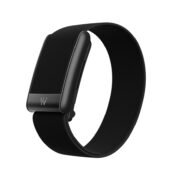

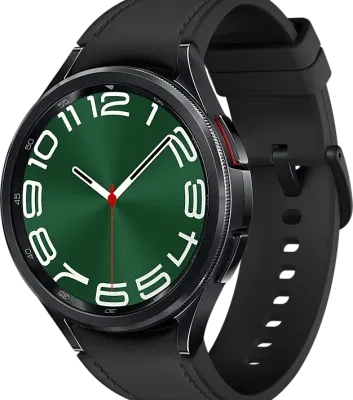
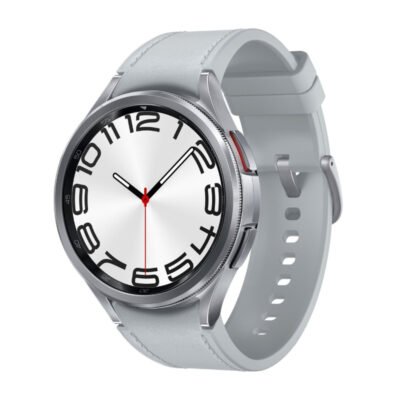


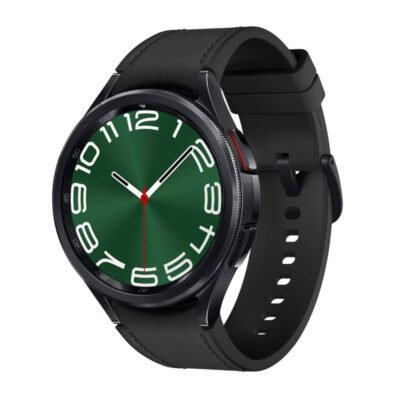
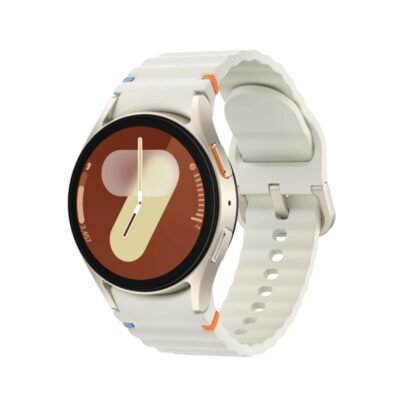


There are no reviews yet.